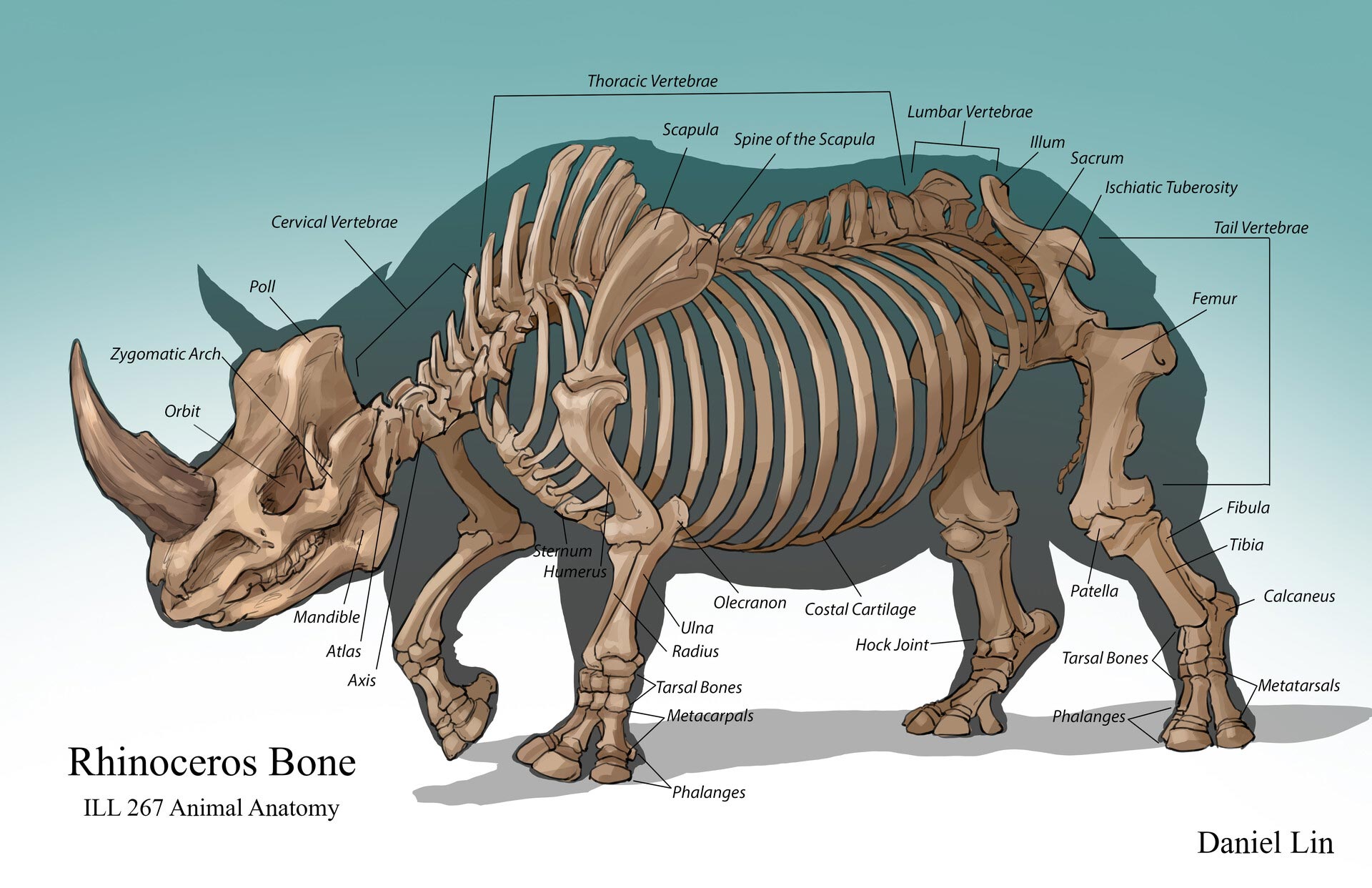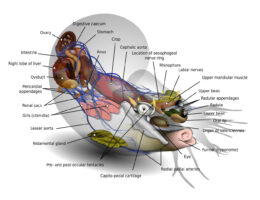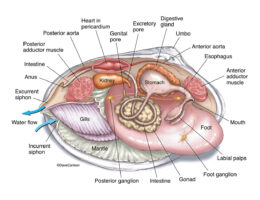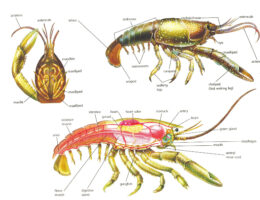The skeletal system of a rhinoceros, like all mammals, is composed of bones, cartilage, and other connective tissues. The bones provide support and structure to the body, protect vital organs, and allow for movement and locomotion.
Rhinoceroses have a number of unique adaptations in their skeletal system that enable them to move and survive in their environments. For example, their thick bones and dense, compact bone tissue provide strength and support for their large bodies, while also allowing them to withstand the impacts and stresses of running and fighting.
The bones of a rhinoceros can be divided into several main regions, including the skull, the vertebrae and spinal column, the ribcage, the limbs, and the pelvic girdle. Each of these regions is adapted to perform specific functions related to movement, support, and protection.
The skull of a rhinoceros is particularly robust and well adapted for withstanding the forces of combat and head-butting. The limbs are strong and well-muscled, with thick bones that provide support for the body and enable fast, powerful movements. The pelvic girdle is also strong and well-developed, providing a stable base for the legs and support for the weight of the body.
Overall, the skeletal system of a rhinoceros is a complex and highly adapted system that enables these animals to move, survive, and thrive in their environments.



